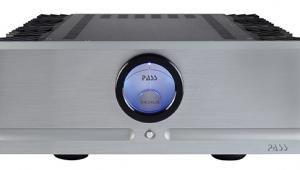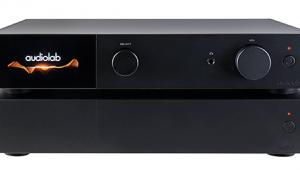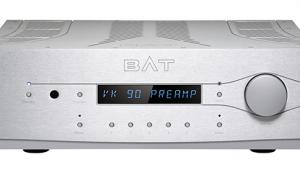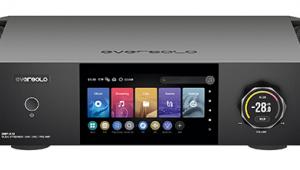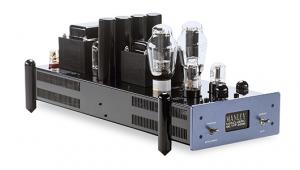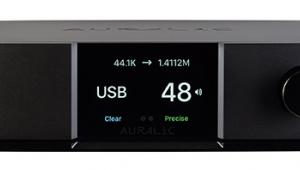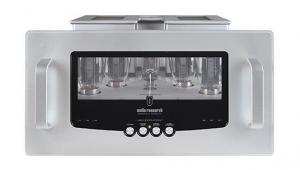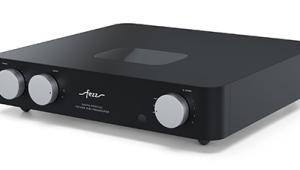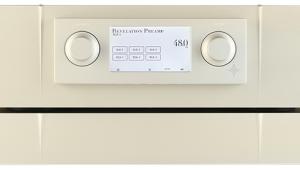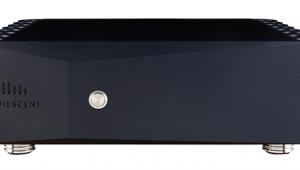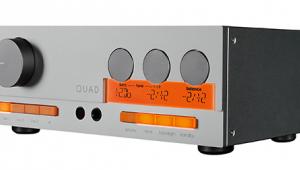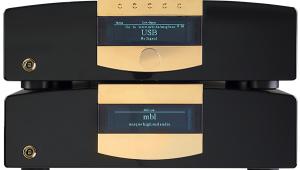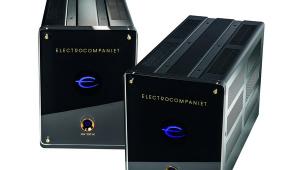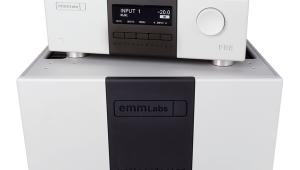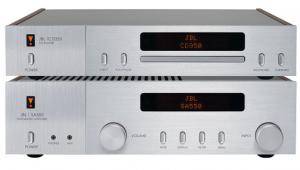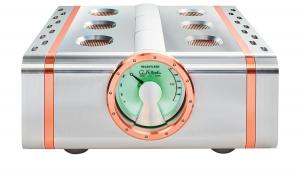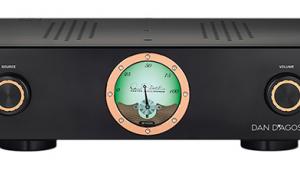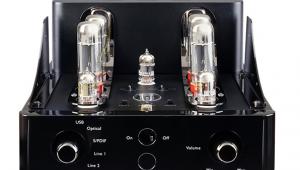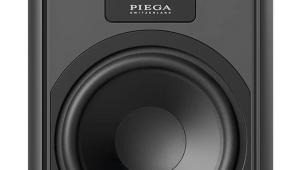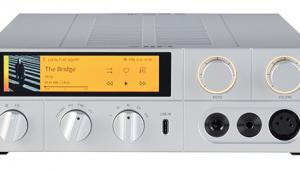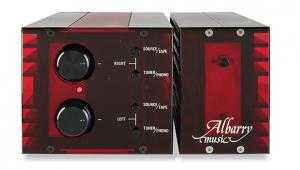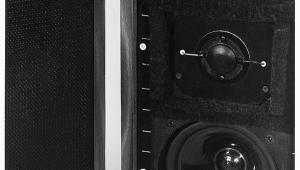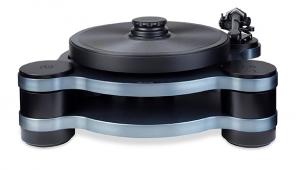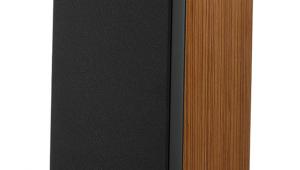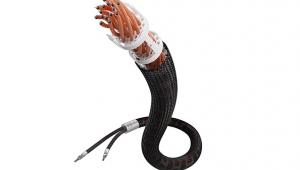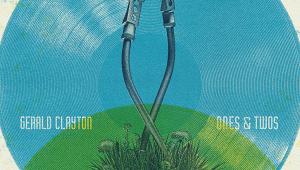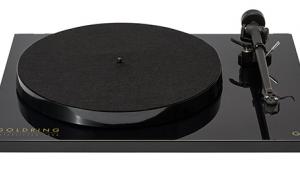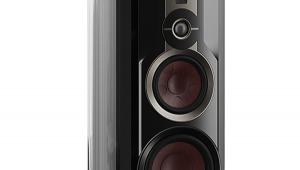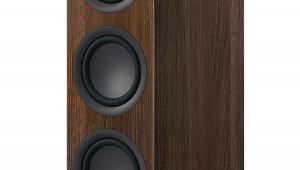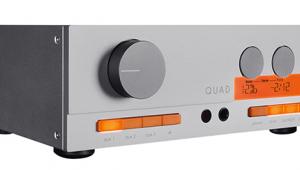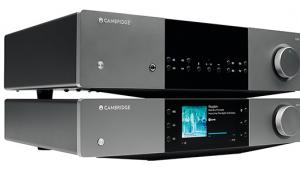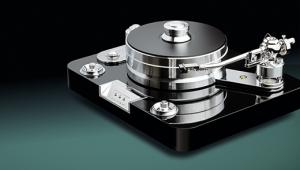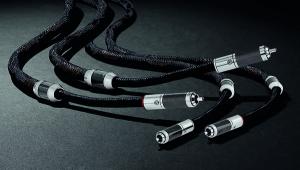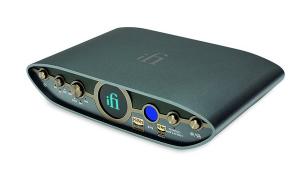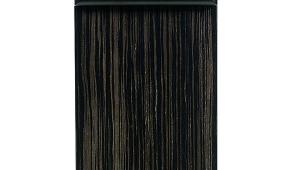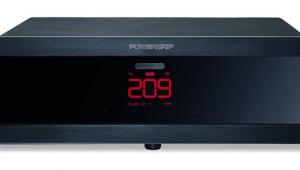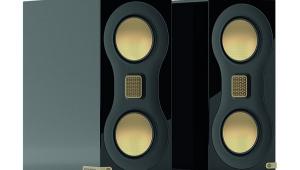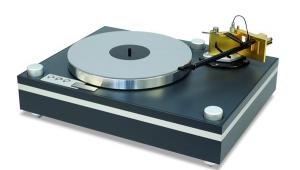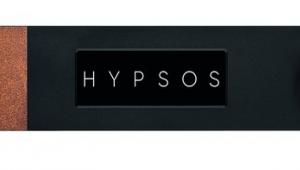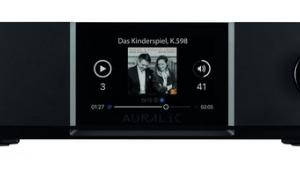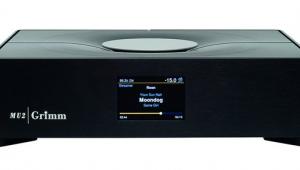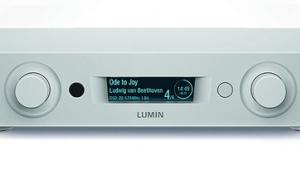Mola Mola Perca power amp
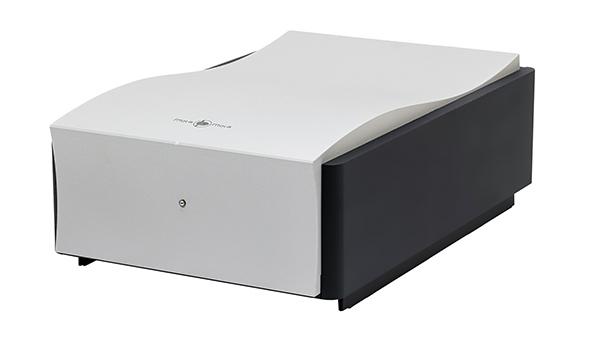

Time, it seems, to forget all the stereotypes of high-output power amplifiers as massive devices that dim the lights when fired up and convert even the chilliest of spaces into a listening-room sauna. Instead, the £7299 Perca stereo power amp from Dutch manufacturer Mola Mola is just 215mm wide and 110mm tall, and weighs a mere 5.25kg, yet claims a stereo output of 150W/8ohm, doubling to 300W/4ohm.
Styled to match the company’s £10k Tambaqui DAC [HFN Nov ’19], complete with the signature wave-like top-plate to complement those fishy product names, the Perca – Latin for perch – shares its casework with the Kaluga monoblocks [HFN Aug ’17]. The latter up the power to 400W/700W and are yours for around £12k a pair. And yes, you could use the Perca with the full-width £8500 Makua preamp [also HFN Aug ’17], but there’s something rather appealing about a Tambaqui/Perca combination, very much in the modern ‘DAC straight into a power amp’ style – and all occupying no more space than a conventional integrated amplifier.
In the know
The secret, of course, is the Perca’s use of Hypex Ncore Class D amplifier technology, known for its cool running, compact dimensions and energy-efficiency, developed and refined by company founder Bruno Putzeys, who set up the brand with Hypex founder Jan-Peter van Amerongen. It’s at the heart of many Mola Mola products, and though Putzeys, who designed and engineered some of its initial products, is no longer directly involved with the company, it has a team of engineers who know and understand the technology, and how to get the best from it.
Mola Mola explains it like this: ‘We analyse every sub-circuit mathematically and look for ways to eliminate every error term. When the practical circuit measures as predicted, we listen again to search for unexpected sources of coloration. These are then included into the maths and the whole process repeats’.
Generation game
This is why the Perca features an all-Mola Mola amplifier board, its earlier models having been refined to create what’s called the Trajectum platform – incidentally, shared with the Kula integrated amplifier [HFN Oct ’21], and several development generations on from the design in the Kaluga monoblocks. The company says that ‘The audio circuitry is trimmed to the bare bones and board-to-board connectors are eliminated in favour of soldering star-quad cables directly into the circuit board for the cleanest, lowest impedance connection possible’.
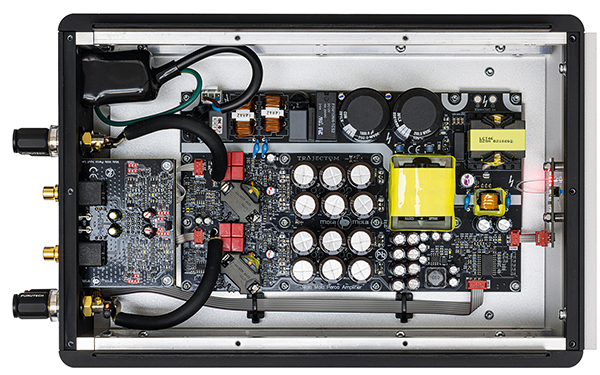
Ahead of the Perca’s output section sits a Class A input stage, mounted on its own board, and fed from switchable RCA and balanced XLR inputs. A further switch offers a choice between 22dB of gain in its ‘Lo’ position and 28dB in ‘Hi’ [see PM's Lab Report]. And that, apart from Furutech speaker terminals, wired directly to the Class D output, and a 12V trigger input to allow remote switching, is about your lot – unless you count a small silver button on the front for manual switching of the amplifier from standby to powered up, and a tiny LED at the top of the fascia which changes from a dim red to white.
For all its compact dimensions and low mass, the Perca feels both superbly built and remarkably solid, with both its silver ‘wrap’ and black side-panels being made from high-grade metal. The company’s sunfish logo, so prominent on some of its past components, now appears simply as a part of the branding on that swoopy top-plate, and even the presentation of the review sample, in a tough weather-sealed plastic case, was impressive. But the ‘unboxing’ experience has nothing on the way the Perca delivers once in action. Press the power button, and after a moment or two a faint click from within indicates the amplifier is good to go, with no fuss, and no drama – all that’s to come.
![]() Now you see me...
Now you see me...
For the purposes of this test, I used the Perca on the end of Auralic’s excellent Altair G2.2 network player/DAC/preamp in exactly the kind of set-up to which it’s exceptionally well suited. Here the power amplifier could be hidden away, leaving just the front-end on display, but given the Perca’s subtly classy looks that would be a shame. Then again, its handling of the music is similarly ‘invisible’.
Let me explain... I can’t recall another amp, at any level, able to offer so clear a view of what the rest of the system, or a recording, is doing. This isn’t just a case of offering a window onto the performance and presentation – it’s like a wall of bifolds thrown open to bring the outside into the home, or vice versa. Take a deep breath of all that fresh air, and let the fun begin.
Playing pianist Anna Fedorova’s Intrigues Of The Darkness [Channel Classics CCS 47124; 192kHz/24-bit], the immediacy of her piano was almost startling, as was the ambience of the recording, from the mysterious darkness of her opening performance of Scriabin’s ninth piano sonata to the closing Pictures At An Exhibition, at turns menacing and exuberant. With fabulous focus and soundstaging, this was the next best thing to having the piano, beautifully weighted and detailed, in the room with you. I was taken back to an afternoon spent sitting in on one of the pianist’s earliest recordings for the label.
On, then, to multi-instrumentalist and all-round musical clever-clogs José Valentino and his Bajista album [Bandcamp download]. The tongue-in-cheek opening track ‘Can I Play A Solo?’ establishes the quality of the set with its immaculately recorded fretless bass, and it was rendered here with both power and fine timbral colour by the super-clean Perca, as well as shaking the chest with the big PMC floorstanders I’ve been using for years as a reference.
Swept away
I think it’s safe to say that I’ve never heard the low end of these speakers delivered with such impact and control, and the same was true with the St Louis Symphony Orchestra’s recent remastered release of its 1970s recordings of Wagner Preludes And Overtures [Vox VOX-NX-3044CD; 192kHz/24-bit]. From the stately opening of the ‘Meistersinger’ overture, my attention was grabbed by the scale and weight of the performance, and then the detail revealed in the orchestra right through to the inevitable ‘Ride Of The Valkyries’. The Perca is more than able to deliver this drama and nuance in sparkling style – and do so while sweeping the listener along.
With the 2021 remaster of Pink Floyd’s Wish You Were Here [Pink Floyd Records; 192kHz/24-bit download], Mola Mola’s amp delivered the tiniest shadings of the slow burn opening to ‘Shine On You Crazy Diamond, Pts 1-5’. From the subtle guitar solo to the swelling instrumentation behind it, then the power of Dave Gilmour’s great riff backed up by the thundering drumming of Nick Mason, this amplifier’s wide-open presentation gave a sense of the music swirling and filling the room, and the laid-back, jazzy feel of the track.
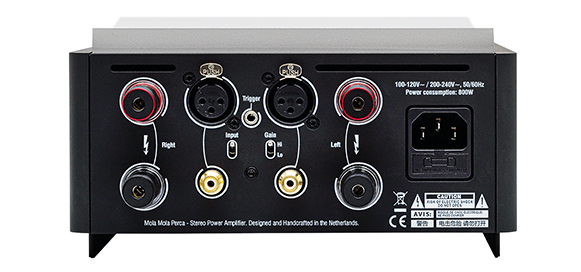
And it rose well to the challenge of Face The West’s 2019 album The Tunes [Wee Studio Records; Bandcamp download], with its combination of traditional Celtic instruments and big, bold electronic rhythms. ‘Cardiac Ceilidh’ powered from the speakers in unstoppable, good-time style, while the sudden entrance of serious drums, bass and synth on ‘The Heb Celt Bounce’ was alarming on every listen, the low frequencies shaking the room behind the reeling top-lines, while the piano break sounded superb.
Conceptual thinking
Impressive, too, was the way the Perca amplifier illuminated the many threads of Laurie Anderson’s recent revisit to, and release of, her Amelia concept work [Nonesuch Records 7559790476], which charts the final weeks leading up to the disappearance of aviatrix Amelia Earhart in 1937. It’s a complex, multilayered recording, with Anderson’s narration, sound effects and instrumental textures enhanced by The Brno Philharmonic, conducted by Dennis Russell Davies, and contributions by artists including Anohni, formerly of Antony and the Johnsons. With elements of song-cycle and radio drama, and combining electronica, jazz and classical styles, it packs a lot into its brief 36 minutes. Mola Mola’s power amp took all the density of the mixes in its stride, opening up the sound and allowing the listener to dive deep in or let the wall of sound wash out of the loudspeakers.
Even better, the Perca does its thing regardless of the speakers with which it’s used [see boxout]. After swapping out my PMC floorstanders for a pair of the unusual Neat Iota Xplorers [HFN Jul ’18], the Perca made the most of the 74cm-tall speakers’ ability to cast a stereo soundstage seemingly suspended in mid-air above them and delivered truly amazing bass from enclosures so small. Yet again, the amplifier was bringing out the best in its partnering speakers, the clarity and precision of its drive really making the system sing.
Reaching new heights
Oh, and with whatever loudspeakers I tried, there was no sense of an amplifier being connected until the music burst forth – you’ll press your ear to the drivers in vain if you’re hunting for any hiss or rustle when nothing’s playing. Maybe all this shouldn’t have come as a surprise, given the excellent results achieved in the past with other products from the Mola Mola pool. Nevertheless, in this latest iteration the company’s Class D amplification has reached new heights of clarity, resolution and involvement, making it a highly desirable perch-ase.
Hi-Fi News Verdict
This is a truly remarkable power amp. Whether you run it from a streamer/preamp or a purist analogue preamp, the Perca sets the bar very high for rivals at much higher prices, combining incredible clarity and massive real-world speaker-driving power. Compact, stylish and cool running, it could just be that audiophile dream – all the power amp you’ll ever need, and a serious high-end bargain.
Sound Quality: 90%
